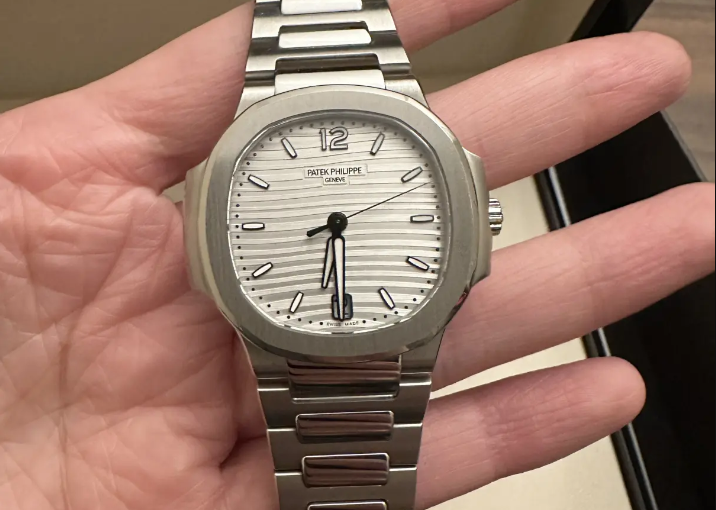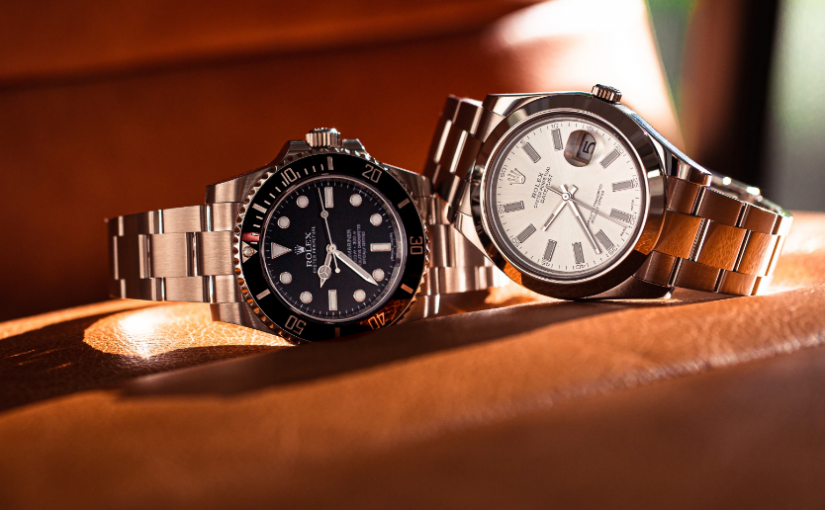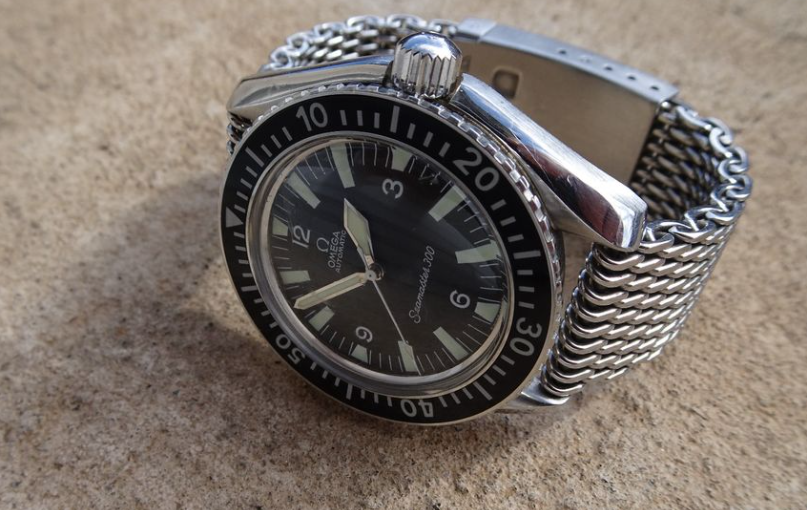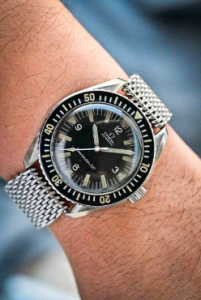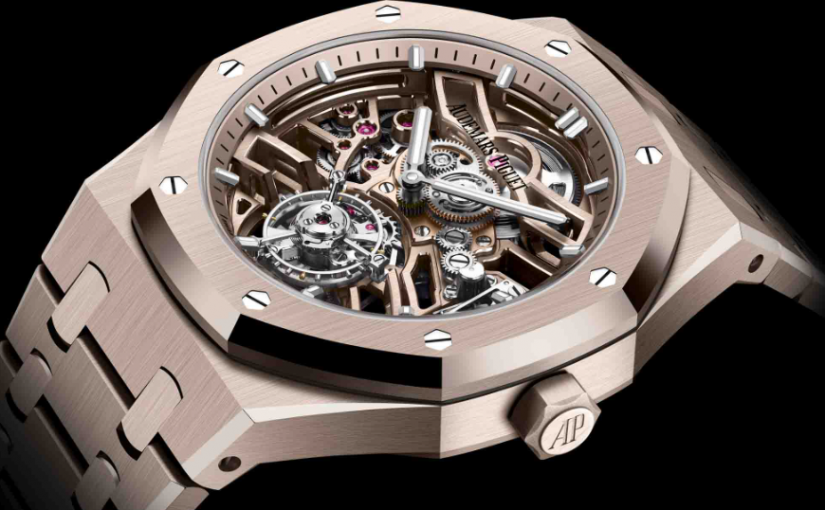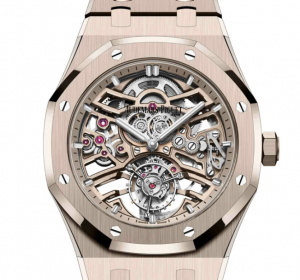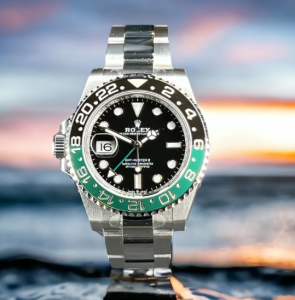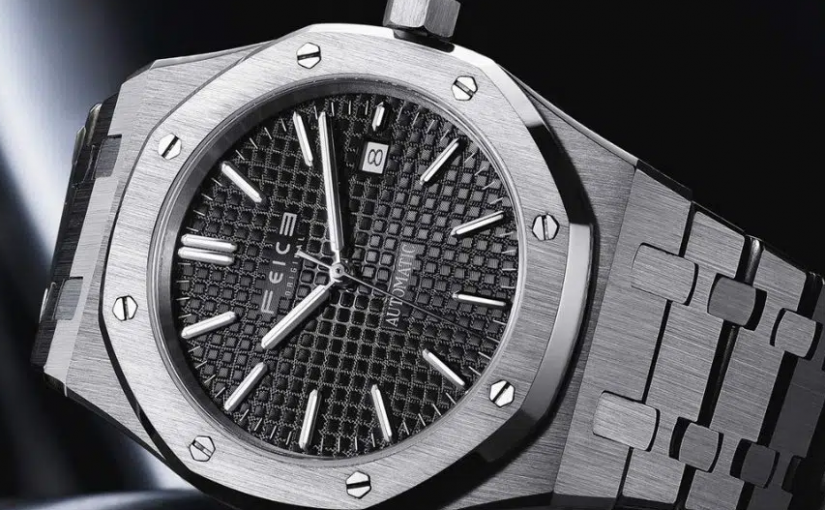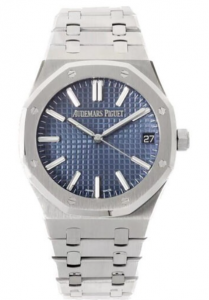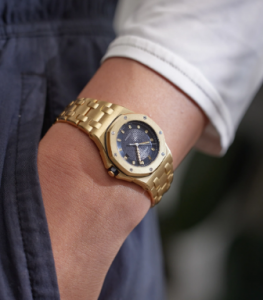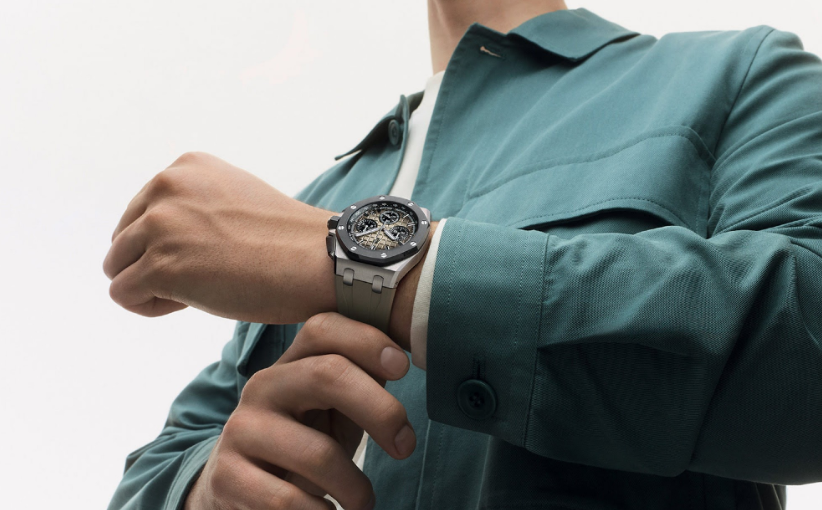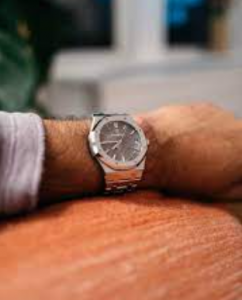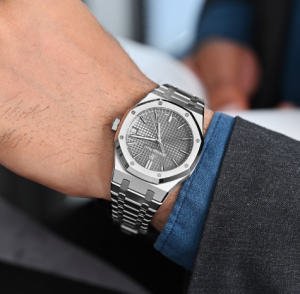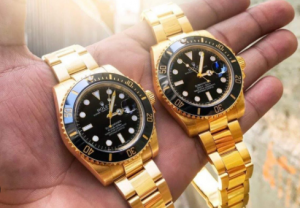While many consider Patek Philippe the undisputed king of Swiss watchmaking, A. Lange & Sohne, hailing from the Saxon town of Glashütte in Germany, offers fierce competition, proving that the world of high-end watches is not exclusively dominated by Swiss artisans. Indeed, the rivalry between these two brands highlights the differences in philosophy, aesthetics, and innovation, making them both indispensable to any serious collector’s portfolio.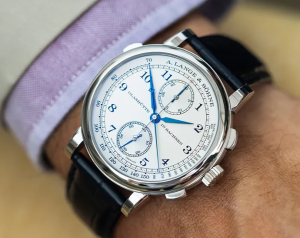
But what truly sets them apart? What makes A. Lange & Sohne a worthy rival to the renowned Patek Philippe, and why do horologists and collectors alike cherish these brands with such fervor? In this article, we dive deep into the history, craftsmanship, and the mechanical prowess of A. Lange & Sohne and Patek Philippe, exploring what makes these two brands titans of haute horlogerie.
The story of replica Patek Philippe begins in 1839, in the heart of Geneva, Switzerland. Founded by Polish watchmaker Antoni Patek and Frenchman Adrien Philippe, the brand quickly established itself as one of the leading names in watchmaking, gaining a reputation for crafting watches of unparalleled elegance and technical sophistication. From the very start, Patek Philippe sought to marry innovation with beauty, producing watches that were as mechanically complex as they were aesthetically stunning. This marriage of form and function continues to define the brand’s ethos to this day.
Patek Philippe, meanwhile, is known for its elegant and refined aesthetics, with a particular focus on producing watches that are as beautiful on the inside as they are on the outside. Patek’s movements are often celebrated for their incredible complexity, with many featuring multiple complications that showcase the brand’s technical prowess. The finishing on a Patek Philippe movement is second to none, with each component meticulously polished and decorated, even those parts that are not visible to the wearer.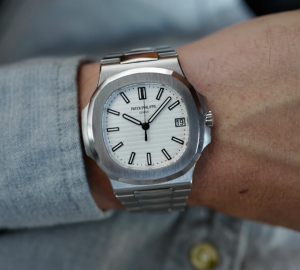
While A. Lange & Sohne’s designs may be more restrained, they possess a quiet sophistication that speaks to the brand’s German roots. Patek Philippe’s designs, on the other hand, are often more ornate, with an emphasis on classic, timeless elegance that appeals to connoisseurs of traditional Swiss watchmaking. Despite these differences, both brands share a commitment to producing watches that are the embodiment of horological artistry.
On the other hand, A. Lange & Sohne has a unique place in the history of German watchmaking. The brand was founded by Ferdinand Adolph Lange in 1845, in Glashütte, a small town in the Saxon region of Germany. Lange’s vision was to transform Glashütte into the epicenter of fine watchmaking, and through sheer perseverance, he succeeded. A. Lange & Sohne became synonymous with precision engineering and meticulous craftsmanship. However, the brand’s story took a dramatic turn after World War II, when the company’s production facilities were seized, and it ceased operations for several decades. It wasn’t until 1990, after the reunification of Germany, that the Lange family resurrected the brand, bringing it back to life with the same uncompromising dedication to quality and innovation that had once made it great.
A. Lange & Sohne is known for its distinctly German style of watchmaking, which places a strong emphasis on functionality, precision, and understated elegance. Lange luxury replica watches are characterized by their clean lines, practical designs, and incredible attention to detail. The brand’s movements are often adorned with intricate hand-engraving, a signature of Lange’s commitment to traditional craftsmanship. The famous three-quarter plate, a feature in many Lange movements, adds structural stability and allows for larger jewels to be used, enhancing the watch’s durability and precision. Lange’s signature outsize date, typically displayed at the 12 o’clock position, is another hallmark of the brand, offering a bold and easily readable date complication without disrupting the symmetry of the dial.
One of the most striking ways in which A. Lange & Sohne and Patek Philippe distinguish themselves is through their grand complication watches. These are the pinnacle of watchmaking, combining multiple intricate mechanisms, such as perpetual calendars, minute repeaters, and chronographs, into a single watch. Both brands have produced some of the most mechanically complex watches in the world, each pushing the boundaries of what is possible in horology.
